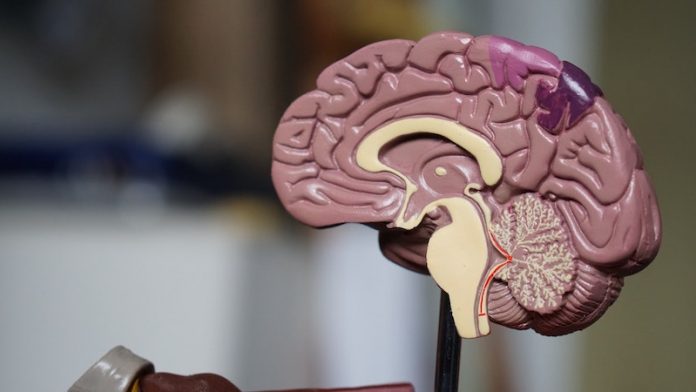
Researchers remain perplexed as to what causes dementia and how to treat and reverse the cognitive decline seen in patients.
In a new study from the Medical University of South Carolina, scientists discovered that cis P-tau, a toxic, non-degradable version of a healthy brain protein, is an early marker of vascular dementia (VaD) and Alzheimer’s disease (AD).
Furthermore, they showed that an antibody (mAb) that targets this toxic protein may prevent disease and memory loss in AD- and VaD.
This treatment was even capable of reversing cognitive impairment in an AD-like preclinical model.
Aging is a normal part of life—we experience weakening of our bones and muscles, stiffening of our blood vessels and some memory lapses.
But for around 50 million people worldwide, these memory lapses become progressively more severe, ultimately leading to a diagnosis of dementia.
Dementia is an umbrella term that covers AD, which accounts for 60% to 80% of cases; VaD, the second most common cause; and other less common pathologies. Currently, there are no effective treatments for AD.
Most AD cases have a vascular component, suggesting a broader relationship between cognitive function and healthy brain vasculature. A better understanding of that relationship could provide a platform to discover novel therapeutic targets.
In the study, young mice with vascular dementia showed signs of brain inflammation and memory loss within one month.
However, treating these mice with the cis P-tau antibody prevented neural degradation and cognitive decline out to six months.
In a separate mouse model of AD, old mice showed severe cognitive impairment. Excitingly, this severe impairment was strongly reversed when mice were given the antibody mAb.
Translating information gained from preclinical models to humans is often difficult, but this study offers reasons to be optimistic.
The researchers went on to show that treatment with the cis P-tau antibody reversed 85% to 90% of those changes suggesting the power of this potential therapy.
This groundbreaking research has opened the door for new potential immunotherapies and highlighted several new areas of research that need to be explored.
The team says AD and VaD might not be the only diseases affected by high levels of cis P-tau. Other brain disorders with a vascular component might also arise from this toxic protein, but further study will be required to establish such a link.
If you care about Alzheimer’s disease, please read studies about new breakthrough in Alzheimer’s disease diagnosis and treatment and findings of a new way to detect Alzheimer’s disease 5 years before its onset.
For more information about Alzheimer’s disease and dementia, please see recent studies about a new early sign of Alzheimer’s disease and results showing that lack of this stuff could be the key to Alzheimer’s disease.
The study is published in Science Translational Medicine. One author of the study is Onder Albayram, Ph.D.
Copyright © 2021 Knowridge Science Report. All rights reserved.



